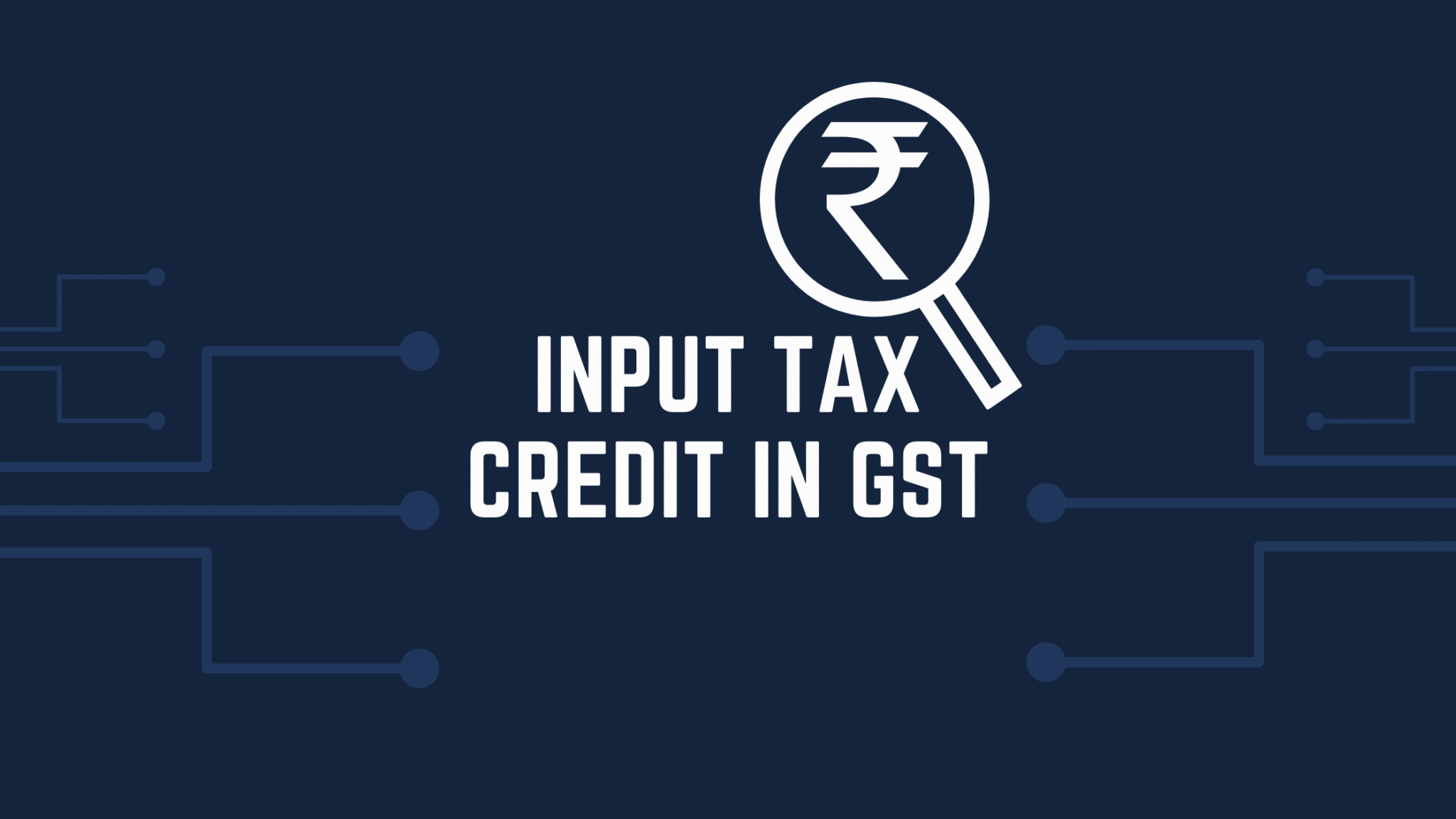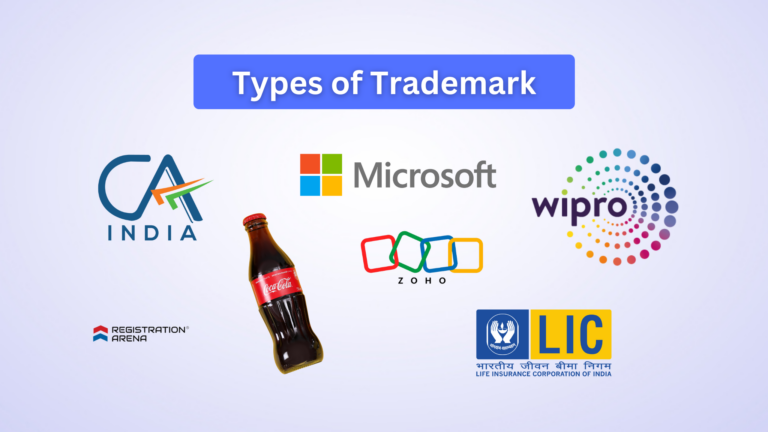The input tax credit is the tax paid on purchases. We can claim it at the time of payment of tax on sales. This is the simplest explanation of the Input tax credit. But it contains many relevant provisions under the GST law. In this article, we will have a detailed look at all those provisions.
What is an input tax credit?
The input tax credit is covered by various sections and rules under GST. It is a benefit available to the supplier. It reduces his liability for tax payments on sales. Section 16 of the CGST Act provides for the basic Input tax credit requirements. Section 17 puts some restrictions on the availability of input tax credits. Section 18 talks about the treatment of input tax credit at the time of transfer or shifting in a business entity.
How does the Input tax credit mechanism work?
GST is a value-added tax. It means that every person in the chain is required to make the payment of tax on their value addition only. Let us try to understand it via an example.
Mr. A is a manufacturer. He spent Rs. 80 plus tax on manufacturing a glass bottle. He sells the same for Rs. 100 plus tax. Now he is required to make the payment on his value addition only. This is 20 rupees. But he is required to give a complete amount of sales and pay tax on the full amount. Now to ensure the tax on value addition only he is allowed to use the tax paid on his cost of Rs. 80 at the time of payment of tax on sales. On the sale of Rs. 100 he will pay the following amount via cash ledger.
- Tax on Rs. 100 less Tax on rupees 80= Tax on Rs. 20.
It will be declared in his return. In his return, he will show sales of Rs. 100 and input tax credit of tax amount of Rs. 80. He will adjust the tax on Rs. 100 with the tax of Rs. 80 first and then will pay the balance via cash ledger.
Important points we should take care of while claiming the input tax credit
The input tax credit is a huge benefit for every business. But wrongly claimed input tax credit can spark the liability to repay the excess ITC and also the interest and penalty. All relevant restrictions shall be considered before taking the input tax credit.
- There should be an eligible invoice or any other document to claim ITC. You can’t claim it unless you have the prescribed document enabling the right to claim ITC.
- The goods or services related to that invoice should be received by the recipient. Sometimes we receive the invoice but the goods may be in transit. In that case, we should wait till the receipt of goods/services.
- The supplier has made the payment of tax. In this regard, it is important to ensure the genuinity of the supplier. In case they issue the invoice and then run away without doing their own compliance. It may hurt your own cash flow. In these cases, the ITC of the recipient can be disallowed by the GST department.
- Declaration of your invoice in the GSTR 1 of the supplier is also important. In this way, it will get auto reflected in form GSTR 2A of the buyer. It will ensure that the supplier has covered your particular invoice in his return.
- Claim input tax credit via your GSTR 3b. There is a specific column in GSTR 3b. You are eligible for the input tax credit only if you claim it via GSTR 3b.
- ITC of items used in making exempted outward supplies should not be availed. It is an ineligible ITC as mentioned in section 17(1).
- Also, the ITC of inward supplies used for any personal purposes shall not be taken. This is also an ineligible ITC.
Restricted supplies for ITC
Section 17(5) of the CGST Act provides for a list of supplies not eligible for ITC. Here is a brief summary of all those items.
- ITC on purchase of a motor vehicle: Although there are some exceptions, generally this is not allowed. Other than purchase, ITC or tax paid for the repair, maintenance, and insurance of a motor vehicle is also not allowed under GST. But ITC of trucks is allowed. Only the vehicles meant to carry passengers are restricted from ITC. The limit is 13. Thus if a passenger vehicle has a seating capacity of more than 13 passengers, The ITC is allowed.
- Food article: The ITC of tax paid on food items is not allowed in GST. Any purchases of sweets, nankeen, or lunch at the office are not eligible for ITC claims. Apart from food items, ITC for beverages is also not allowed.
- Life insurance: In the case of life insurance of employees by employers, the ITC is allowed only if it was mandatory under any law. The life insurance of owners of the business is not allowed in any way.
- Tax paid by a composition dealer is not eligible for ITC.
- Free gifts: Any free gift by a business to a third party or to its own employees is not eligible for the input tax credit. Here we need to understand that a free gift means something without consideration. If there is an inherent condition for that free gift then ITC can be allowed. E.g. If a company is offering one refill pack of mosquito liquid along with the machine. Then this can’t be called a free gift. It is conditional. Its price is included in the price of the machine. Free gift means it should be absolutely free, without any condition or obligation on the part of the receiver. Any Diwali or birthday gift to employees can be an example. They are not doing any extra tasks for that gift. In that case, ITC is disallowed. But if it is covered in their employment agreement that they will get a particular amount of gift or bonus for their services. Then the ITC may be taken. But this issue is still under litigation.
- The time limit for the input tax credit: The ITC is not freely available. You can use it only if you claim it within the prescribed time limit. Section 16(4) of the CGST Act provides that the ITC for a particular month shall be claimed at the time of filing its return. We generally file a GST return next month. Some taxpayers also file it quarterly. In case of any missing ITC, it can be taken up to the due date of the September month’s return filing date. Here the return means GSTR 3b. E.g.- The ITC for FY 20-21 can be taken maximum by the last date of GSTR 3b in the September month. If that date is lapsed, the ITC which is not claimed via GTSR 3b will also lapse and will be permanently ineligible for the taxpayer.
- Blockage of input tax credit: Rule 86A of CGST rules provides for blockage of ITC ledgers. If any of the conditions mentioned in rule 86A is fulfilled, The officer can block the ITC ledger of taxpayers. It can be done if the supplier is found to be non-existent, The ITC is taken without invoices, The ITC was taken fraudulently by the recipient. The time limit for blockage is one year. It will be unblocked after the lapse of one year from the date of blockage. In many cases, the ITC ledger kept blocked even after the lapse of one year. Now the CBIC has declared that the ITC ledger will be unblocked automatically once the period of one-year lapses. An input tax credit of supplier covered in Reverse charge mechanism- In that case, the ITC is available only if the tax is paid via cash ledger. So first we need to pay the tax via cash ledger and then claim the input tax credit of the same in the return of the same month. In the case of RCM supplies, the provisions of Rule 36(iv) are not applicable. It is not required to be auto-populated in GSTR 2A or 2B of the recipient.
Consequences of wrong input tax credit
- Notice from the department: The department can issue a notice to the taxpayer the moment they find any ineligible ITC taken up by the taxpayer. This will result in litigation costs and ultimately the amount of ITC taken wrongly will have to be returned.
- Reversal of ITC wrongly taken along with interest and penalty: The wrong availment and utilisation of input tax credit is an offence under GST. Once it is traced out it will have negative consequences. The amount shall be returned to the department along with the interest and penalty.
- Arrest: If the amount of recovery on account of ITC is huge the taxpayer may be arrested by the authorities.
Conclusion
We should take care while claiming ITC in GST. It is the backbone of a healthy business but can be detrimental if handled incorrectly.








